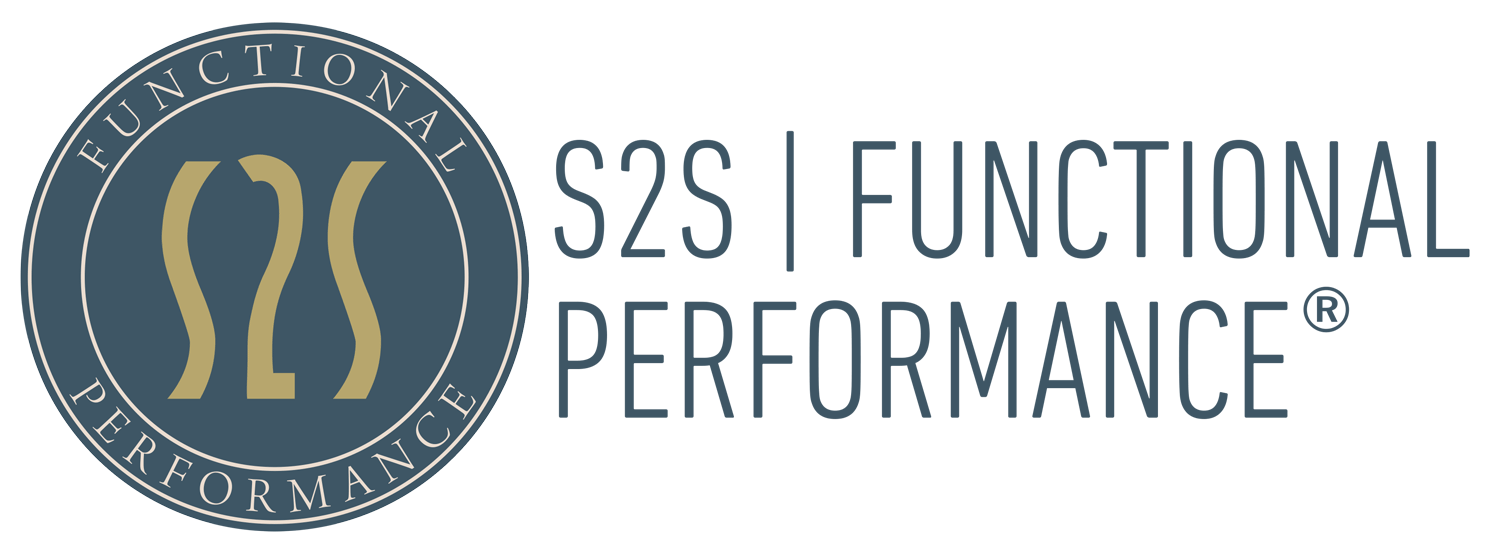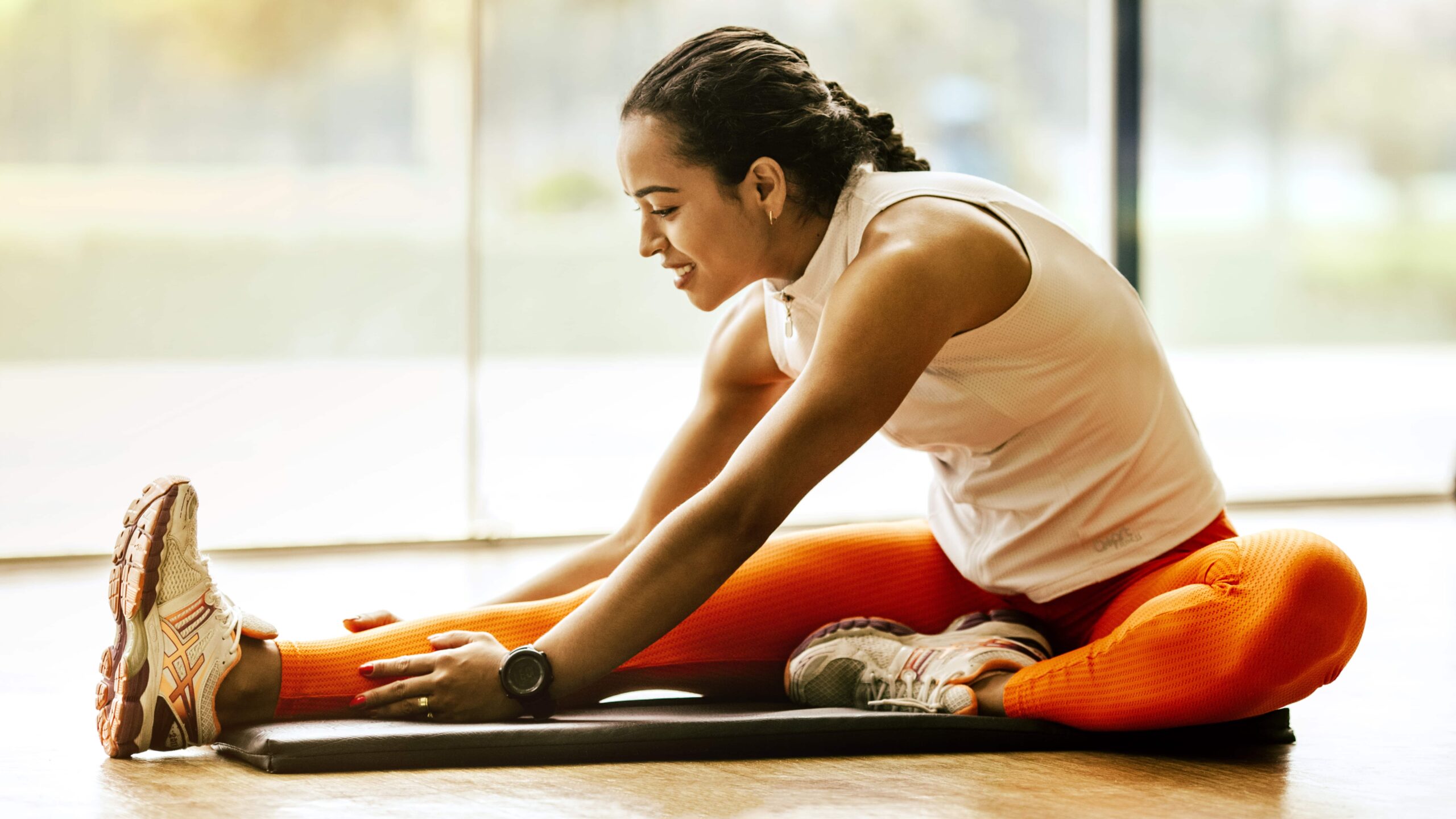In fitness, rehabilitation, and general wellness, the terms flexibility and mobility are often used interchangeably. But understanding the key differences between flexibility and mobility is crucial for building a strong, pain-free, and functional body. These two attributes work together but require distinct training approaches. If you want to move better, reduce injury risk, and feel more capable in your workouts and daily life, learning how to train both is essential.
Defining Flexibility and Mobility
Flexibility is the passive ability of a muscle or muscle group to lengthen. It refers to the range of motion available in a joint when assisted, such as when you use your hands or external tools to stretch. For example, pulling your leg toward your chest with your hands stretches your hamstrings, this is flexibility in action. It involves muscle length, soft tissue elasticity, and nervous system response.
Mobility, by contrast, is the active control of movement within a joint’s range of motion. It includes flexibility, but also requires joint integrity, muscular strength, stability, and motor control. For example, lifting your leg unassisted to the same height involves mobility. Mobility is what allows you to control your movement efficiently, it’s not just about how far you can move, but how well you can move.
A helpful way to remember the difference: flexibility is passive range; mobility is active control. You can be flexible and still lack mobility, especially if you can’t access that flexibility under load, in motion, or without assistance.
The Importance of Flexibility and Mobility
Injury Prevention
Tight or weak muscles combined with stiff joints can create compensation patterns that increase your injury risk. For example, if your hips lack mobility, your lower back might take on too much movement during squats, increasing strain on your spine. Good flexibility allows tissues to absorb load, while mobility ensures your joints move correctly through safe, supported patterns.
Efficient Performance
Whether you’re lifting weights, playing sports, or simply reaching for something on a shelf, your body relies on mobile joints and flexible tissues to move efficiently. Lack of mobility in one area often leads to overuse in another. For instance, tight chest muscles and poor shoulder mobility can impair your overhead press or limit your posture. Improving both improves control, power, and coordination.
Better Posture and Movement Mechanics
Over time, limited flexibility and mobility affect your posture and how you move. Rounded shoulders, a forward head position, or a swayback posture often result from muscular imbalances or joint stiffness. Addressing both elements restores balance to your movement system, helping reduce strain on joints and muscles during daily activities.
Age-Related Decline Prevention
Both flexibility and mobility tend to decrease with age, leading to a higher risk of falls, reduced independence, and chronic pain. Incorporating movement practices that maintain both attributes can improve quality of life well into older age.
How You Can Improve Flexibility and Mobility
Improving flexibility and mobility doesn’t require hours of stretching, but it does require intentional, consistent effort. Here are strategies backed by research and practice that you can apply in your workouts or rehabilitation:
1. Dynamic Stretching (Pre-Workout)
Dynamic movements like arm circles, leg swings, and inchworms activate muscles while gently moving joints through a range of motion. This increases blood flow, primes your nervous system, and prepares your body to move well. Unlike static stretching, dynamic stretches are ideal during warm-ups to increase joint mobility and prevent injuries.
2. Static Stretching (Post-Workout or Daily)
Static stretching helps improve flexibility by holding a muscle in a lengthened position for 20–60 seconds. Over time, this improves the tissue’s ability to tolerate elongation. Focus on tight areas like hip flexors, calves, hamstrings, and chest, especially if you sit for long periods.
3. Strength Through Full Range of Motion
Controlled strength training with proper technique improves both flexibility and mobility. Exercises like deep goblet squats, Romanian deadlifts, and controlled lunges train muscles and joints to move under load. This improves tissue resilience, active control, and real-world strength.
4. Joint Mobility Drills
Mobility drills involve active movement within a joint’s range, often targeting problem areas like shoulders, hips, and ankles. Examples include:
- 90/90 hip rotations for internal and external hip mobility
- Thoracic spine openers for upper back rotation
- Ankle dorsiflexion drills for squatting and walking mechanics
5. Movement Practices Like Pilates, Yoga, and Functional Fitness
Pilates and yoga are ideal for combining strength, mobility, and flexibility. They use bodyweight control, breathwork, and postural awareness to improve range of motion while building core stability. Functional training, especially in a well-structured group class, adds movement variability, which keeps joints and tissues healthy.
Should You Focus on Flexibility or Mobility First?
It depends on your baseline. If you can’t reach a joint’s full range even with assistance, your flexibility is the primary limiter, that’s where to start. If you can reach the range passively but lack control, mobility is your focus. In reality, most people need to work on both simultaneously. Flexibility provides the potential; mobility gives you access to that potential in motion.
A professional assessment from a movement specialist, physical therapist, or certified instructor can help determine where your limitations lie and guide your progression safely. S2S Functional Performance offers a BeWell™ assessment, an annual physical therapy assessment designed to assist with longevity, and identify your strengths, weaknesses, and areas of improvement.
Flexibility and Mobility in Everyday Life
Daily tasks like getting in and out of your car, picking up your kids, reaching overhead, or kneeling to tie your shoes all rely on a foundation of joint mobility and muscle flexibility. People often attribute stiffness or discomfort to “getting older,” but much of that decline is preventable. Training for flexibility and mobility makes these movements easier and more comfortable.
In professional settings, poor mobility and flexibility often lead to repetitive strain injuries. For example, desk workers may develop neck, shoulder, and hip tightness that affects posture, breathing, and energy levels. A regular routine that addresses flexibility and mobility can counteract those effects and improve overall wellbeing. We like to say, “Motion is Lotion!”.
Train Both to Move and Feel Better
Flexibility and mobility are foundational to healthy movement, yet they’re often overlooked in favor of strength or cardio. Understanding the difference, and the relationship, between the two can transform how you approach fitness, recovery, and long-term health.
You don’t need to be a gymnast or contortionist to benefit. Small, consistent steps, like a few minutes of daily stretching, incorporating mobility drills into your workouts, or taking a Pilates class, can produce noticeable improvements in how you move and feel.At S2S Functional Performance, our programs are built with these principles in mind. Whether you’re dealing with stiffness, returning from injury, or simply want to move with more confidence and control, our team can help guide you with proven methods that integrate mobility, flexibility, and functional strength.

